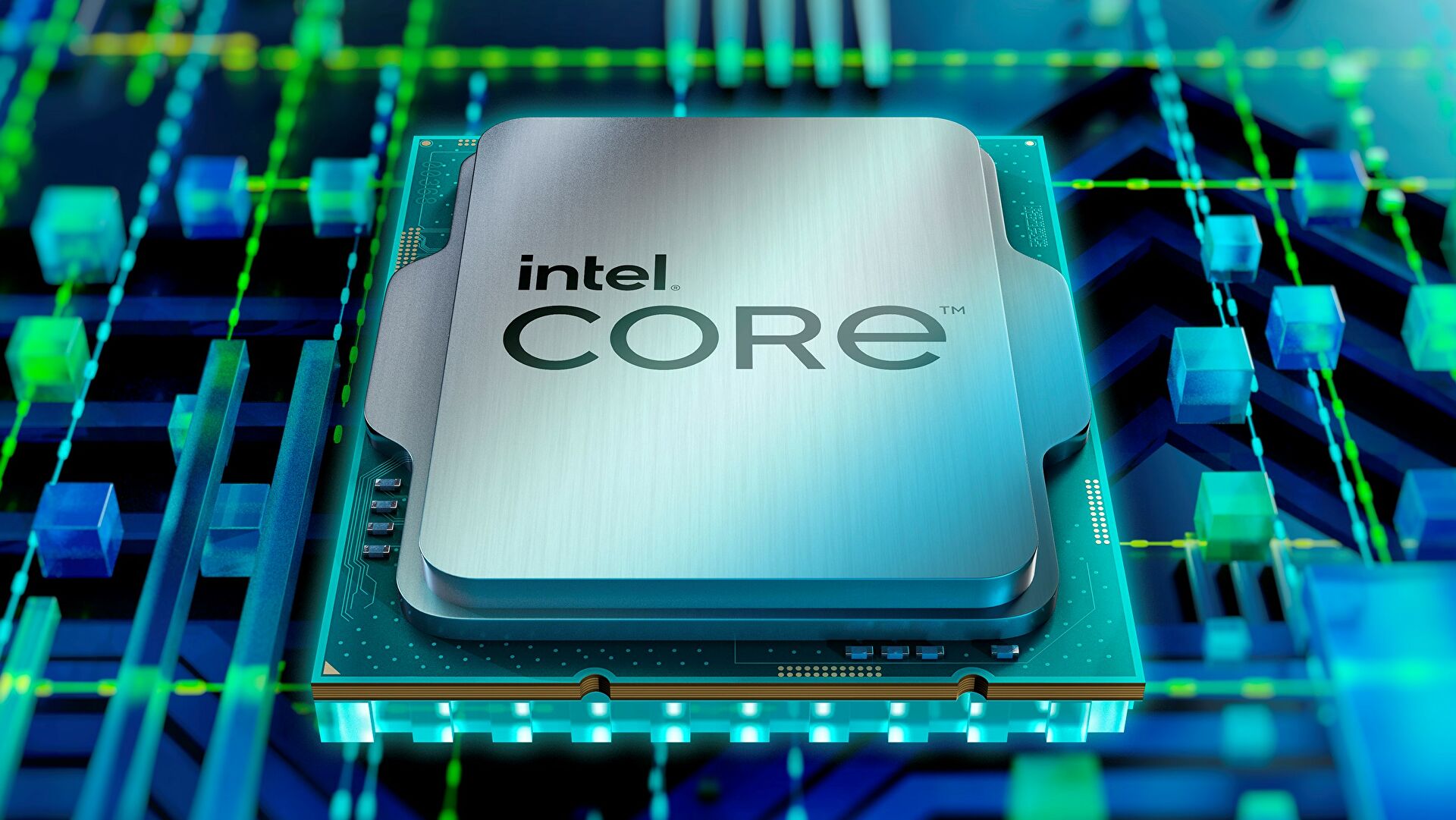The standard photomask is 104mm by 132mm. The lithography tool then exposes through the photomask to print features on the wafer at 4x magnification. That field is 26mm by 33mm. Most designs do not line up perfectly with 26mm by 33mm.
In comes the concept of reticle utilization rates.
Generally, chip designs are smaller, so the photomask can contain multiple identical designs as with the picture above. Even then, most designs will not fit perfectly onto that 26mm by 33m field, so generally a portion of that photomask is also not exposed.
If a die was 12mm by 16mm we could fit 4 dies per reticle. The reticle utilization rate is quite high here as only a tiny sliver of the reticle is not exposed. With a monolithic die which is 25mm by 32mm, we do not utilize 1mm on the slit and scan directions. That reticle utilization rate is likewise, quite high. In the case of our chiplets which are 13.5mm by 32mm. This die is too large to fit 2 side by side on the reticle, so there can only be 1 die per reticle. Some visualizations of the examples described above are shown in the graphic below.













